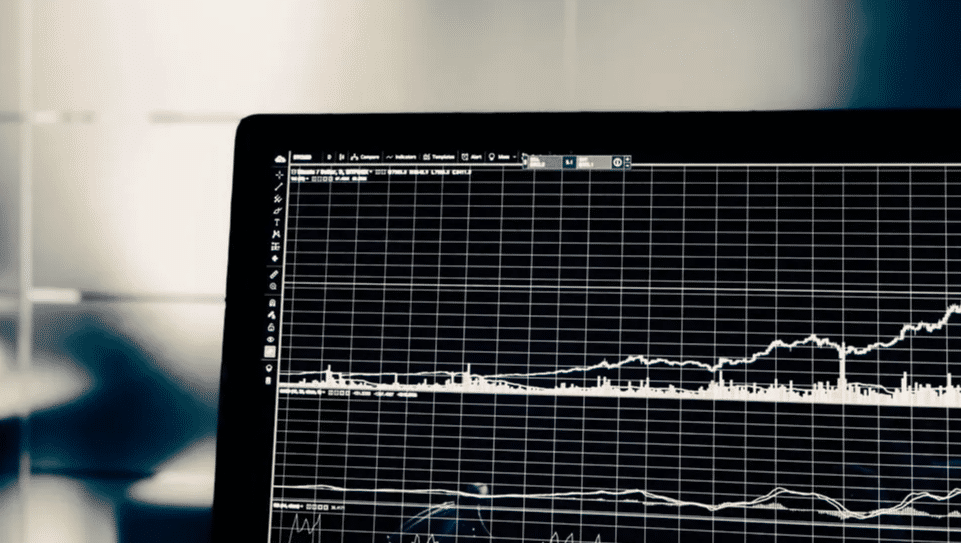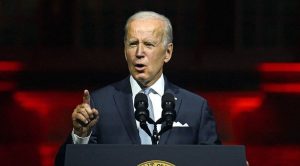Inflation in the US eased
slightly to 8.2% in September year-on-year from 8.3% in the previous month, with
rising costs for food, fuel, medical care, and other essentials squeezing American
consumers and wiping out pay raises for many. Prices have risen due to
bottlenecked supply chains, strong consumer demand, and global food and energy
market disruptions exacerbated by Russia’s war in Ukraine.
Though the central bank is
trying to tame inflation, it will almost certainly remain considerably above
the Federal Reserve’s 2% annual target long into next year, if not 2024.
Also Read | US CPI Inflation eased to 8.2% in September, core index hits new four-decade high
The Federal Reserve never
expected such severe and long-term inflation. The Fed’s policymakers forecasted
in December 2020 that consumer inflation would remain below its 2% annual
target and conclude 2021 at roughly 1.8%.
High inflation, which had been
relegated to the background for decades, resurfaced with a vengeance last year.
The government’s consumer price index (CPI) inflation rate was only 1.7% in
February 2021 than it was a year earlier.
The year-over-year rise then
picked up at 2.6% in March, 4.2% in April, 5% in May, and 5.4% in June. By
October, the rate had risen to 6.2%, 6.8% in November, and 7% in December. Then
in 2022 inflation rate was 8.6% in May, 9.1% in June, 8.5% in July, 8.3% in
August and 8.2% in September.
Also Read | Impact of US Federal Reserve rate hike on India
Why has inflation spiked so
aggressively?
When the pandemic crippled the
economy in the spring of 2020, lockdowns were implemented, businesses closed or
reduced hours, and customers stayed at home as a health precaution, employers
cut a staggering 22 million jobs. In the April-June quarter of 2020, economic
output fell at a record-breaking 31% annual rate.
The introduction of vaccines
had encouraged people to return to restaurants, bars, shops, airports, and
entertainment places by the spring of last year.
Also Read | US inflation rate eases slightly | A timeline: 1930-2022
Costs increased as demand
increased and supplies decreased. They couldn’t fill job opportunities quickly
enough, and they couldn’t acquire enough materials to keep up with customer
demand. As business picked up, ports and freight yards couldn’t keep up with
the demand. Global supply chains were clogged.
People criticized President
Joe Biden’s $1.9 trillion coronavirus relief programme, which included $1,400
checks for most households, in part for scorching an economy that was already
overheated.
Many others claimed that the
Fed kept rates around zero for far too long, allowing reckless spending and
inflated stock, house, and other asset prices to flourish.
Also Read | The 2008 market crash: Inside the doomsday machine and a brief history
When will it get back to
normal?
Consumer price inflation may
continue to rise as long as businesses struggle to meet consumer demand for
products and services. Because the employment market is improving, companies
added a record 6.7 million jobs last year and 560,000 jobs each month so far
this year meaning that Americans may continue to indulge in everything from
lawn furniture to electronics.
This year, many economists
expect inflation to remain considerably above the Fed’s 2% annual target.
Also Read | Great Depression to COVID: Top 5 market crashes in American history
However, relief from rising
prices may be on the way. At least in some industries, clogged supply chains
are beginning to show indications of improvement.
The Fed’s shift away from easy
money policies and toward anti-inflationary policies may diminish consumer
demand in the long run. There will be no COVID relief cheques from Washington
this year, as there were last year.
Inflation is weakening
purchasing power and may cause some people to cut back on their spending.
Also Read | How inflation affects RBI’s interest rate policy
New COVID variations, on the
other hand, might cast a pall over the situation, either by triggering
outbreaks that compel industries and ports to close, further disrupting supply
chains, or by keeping people at home, limiting demand for commodities.







